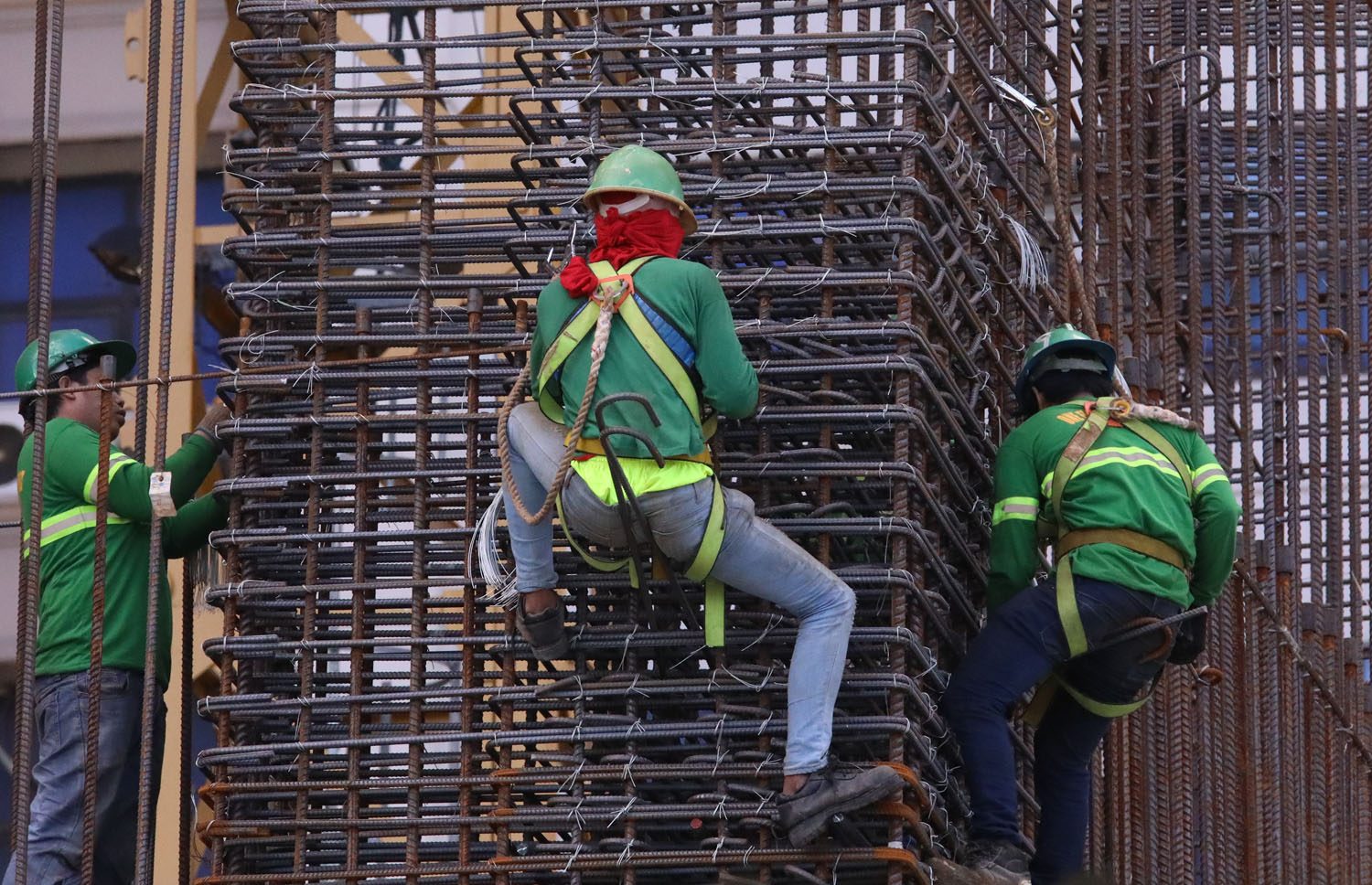SUMMARY
This is AI generated summarization, which may have errors. For context, always refer to the full article.

The Philippine Statistics Authority (PSA) on Tuesday, September 7, reported that the unemployment rate went down to 6.9% in July, equivalent to 3.07 million people, the lowest since the coronavirus pandemic began.
However, the figure masks crucial details: It’s extremely difficult to look for a job, so more Filipinos simply gave up looking for one. Moreover, those who have jobs are still looking for more work to meet their needs.
The labor force participation rate went down to 59.8% or 44.74 million Filipinos in July compared to 65% or 48.84 million Filipinos in June. This refers to people who are part of the workforce.
National Statistician Dennis Mapa explained that people who tell PSA field officers that they are not looking for work are not counted as unemployed persons, but are rather considered as people who are not part of the labor force.
“Pagod sila, feeling nila wala nang work na available,” Mapa said in a press briefing on Tuesday.
(These people are tired, they feel that there’s no work available.)
Majority of those who left the labor force also cited COVID-19 concerns as the reason for not working.
Meanwhile, the underemployment rate or the percentage of the working population looking for more work stood at 20.9% in July, equivalent to 8.69 million people. This is considerably higher than the 14.2% recorded in June or 6.41 million Filipinos.
Mapa said underemployed persons reported variable working hours and wanted more work hours to meet family needs.
A total of 41.67 million Filipinos had work in July, for an employment rate of 93.1%. This is higher than the 92.3% employment rate in June, which was equivalent to 45.08 million people.
Unemployment is expected to rise again in August, as the government reimposed the strictest form of lockdown in several areas, including Metro Manila, due to a surge in COVID-19 cases.
Socioeconomic Planning Secretary Karl Chua earlier said the economy would lose at least P105 billion for every week of enhanced community quarantine, along with 444,000 jobs for the duration of the ECQ in August.
Recovery?
Despite figures pointing to the low quality of jobs amid the pandemic, the government’s economic team said the “labor force continues to recover.”
“The unemployment rate fell to its lowest since the start of the pandemic due to more relaxed quarantines, but risk aversion and precautionary behavior led to a decrease in the labor force participation rate,” the joint statement of the National Economic and Development Authority, Department of Finance, and Department of Budget and Management read.
“We will continue to strengthen our healthcare capacity, accelerate the vaccination program, and impose more targeted granular lockdowns to enable more people to safely join the labor force and earn a living.”
The economic team said the implementation of granular lockdowns starting Wednesday, September 8, will help aid employment recovery, as it would keep key sectors open.
– Rappler.com
Add a comment
How does this make you feel?

![[ANALYSIS] A new advocacy in race to financial literacy](https://www.rappler.com/tachyon/2024/04/advocacy-race-financial-literacy-April-19-2024.jpg?resize=257%2C257&crop_strategy=attention)


![[In This Economy] Can the PH become an upper-middle income country within this lifetime?](https://www.rappler.com/tachyon/2024/04/tl-ph-upper-income-country-04052024.jpg?resize=257%2C257&crop=295px%2C0px%2C720px%2C720px)

There are no comments yet. Add your comment to start the conversation.